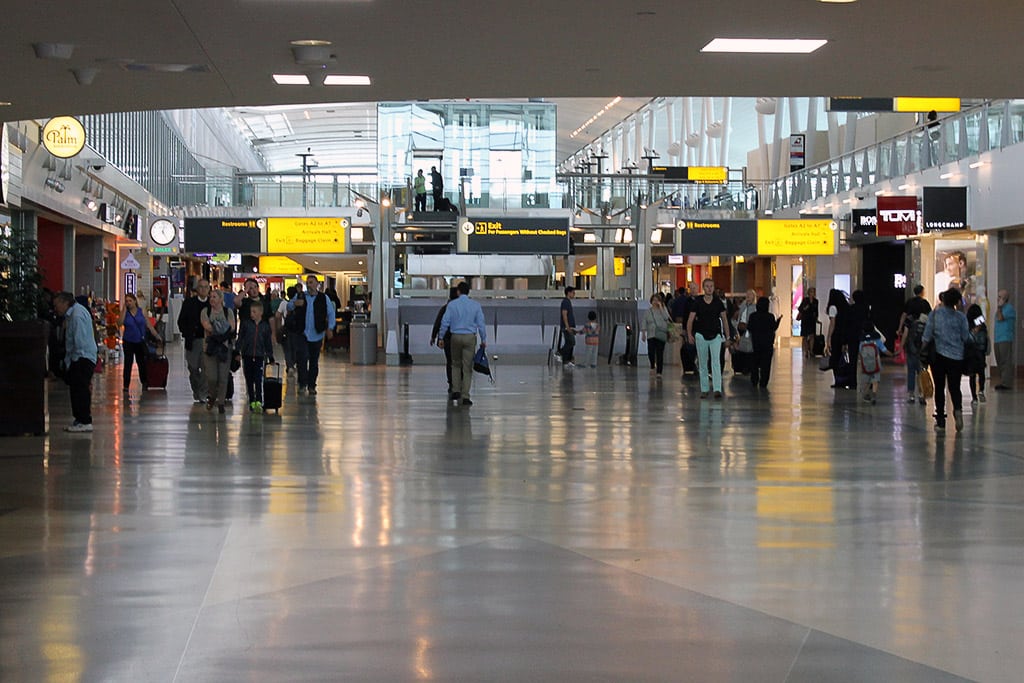Interview: JFK Terminal 4's CEO on Making Flying Into New York Better

Skift Take
It's astounding that the battle for a better airport experience in New York City has to happen one terminal at a time. But if it has to be that way, airport leaders should look to what's been done at Terminal 4 to lift the experience out of the doldrums.
Outside of a small group of masochists, nobody really likes flying in and out of New York City's three airports.
As managed by the Port Authority of New York & New Jersey — a two-state agency that many would argue specializes in incompetence and political patronage above all else — Laguardia, John F. Kennedy, and Newark Liberty airports are both a joke-writer's dream and object of shame.
But despite the Port Authority's intentions, things are getting better on a terminal-by-terminal basis. Terminal C at Newark, as run by United Airlines, is light-years ahead of terminals A and B. At JFK, JetBlue's terminal 5 is something the airline can be proud of. And Laguardia will be torn down and rebuilt from scratch in the coming years.
Terminal 4, or JFK International Air Terminal (JFKIAT) is another story altogether. As the only non-airline and privately owned terminal in the U.S., it has a different operating structure than its peers. It also benefits from the knowledge of its ownership group, which is a division of Amsterdam's Schiphol Group.
Nearly one out of every three passengers going through JFK goes through Terminal 4, and that number continues to rise. On Sunday, August 2, the terminal set it's single-day record for traffic with 71,136 passengers. The previous record of 63,000 was set last summer, while the daily average is 46,000.
The Skift staff recently toured Terminal 4 with the team behind the operation, and afterwards sat down with JFKIAT CEO Gert-Jan de Graaff, who began by telling us about new display screens that would inform passengers of wait times at different points in the airport.
Skift: How will you make sure that's accurate? As a New Yorker, if it says 20 minutes, I’d say it’s going to be 40 minutes. I suppose there are challenges there.
de Graaff: It actually physically measures how long people are waiting. There's quite a smart algorithm built in that projects how long the wait is for the people in the queue. It's always from the last person in the queue to the front of the queue.
Skift: Is that using iBeacons?
de Graaff: Exactly. Current wait time is 9 minutes. That's arriving through customs. Customs is easier to measure because there are only two customer flows, for U.S. citizens and certain visa holders they can go to the automated kiosks. There's hardly any wait there these days so they go really, really, fast. Then there's the non-U.S. or passengers traveling with a visa that cannot go throu

